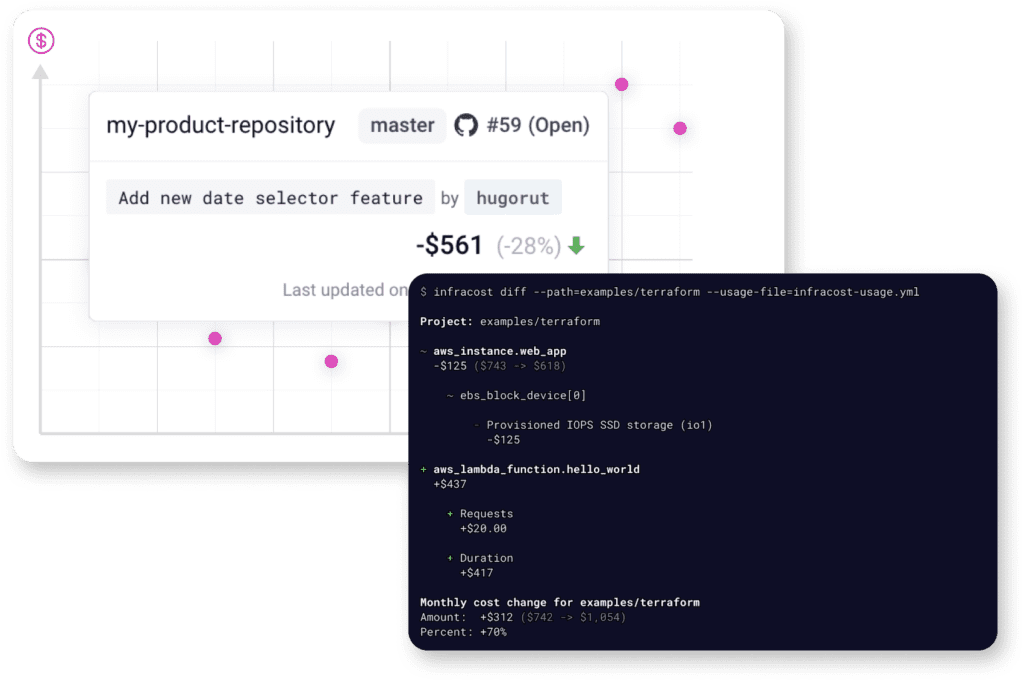Origins of Enterprise Agreements
As large enterprises required vast quantities of software licenses, the need arose for a structured licensing package that catered specifically to their needs. Enterprise Agreements emerged as a solution, simplifying license management and providing financial benefits.
Key Components of an EA
Features of an EA include:
- Volume Discounts: Reduced prices based on the quantity or predicted quantity of licenses purchased.
- Flexible Payment: Options for phased or deferred payments to match budget cycles.
- Standardized Licensing: Simplified license management across the enterprise.
- Extended Support: Often, EAs come with extended or premium support options.
Benefits of an EA
Advantages of using EAs encompass:
- Cost Efficiency: Economies of scale result in cost savings.
- Administrative Ease: Centralized and streamlined license management.
- Predictable Spending: Set terms allow for predictable budgeting.
- Custom Terms: Agreements tailored to specific organizational needs.
Considerations Before Entering an EA
Though beneficial, it’s crucial to evaluate terms carefully, ensure accurate forecasting, and consider the long-term implications and flexibility of the agreement.
Conclusion
Enterprise Agreements offer large organizations a structured way to manage and optimize their software licensing. It’s vital, however, to assess needs and terms diligently to ensure maximum benefit before commitment.
Shifting FinOps Left 👈
Put cloud costs in engineering workflows, and see the cost of upcoming code changes before resources are launched.

